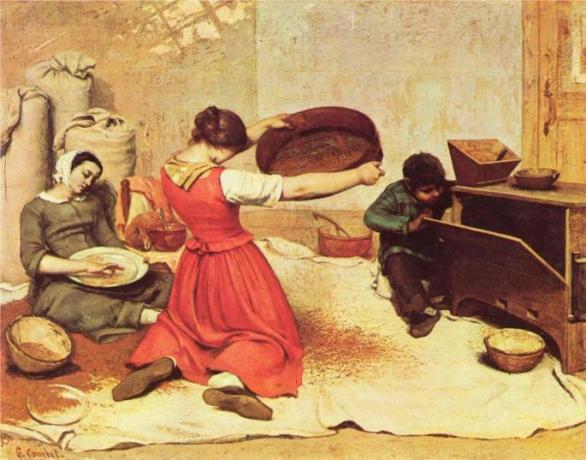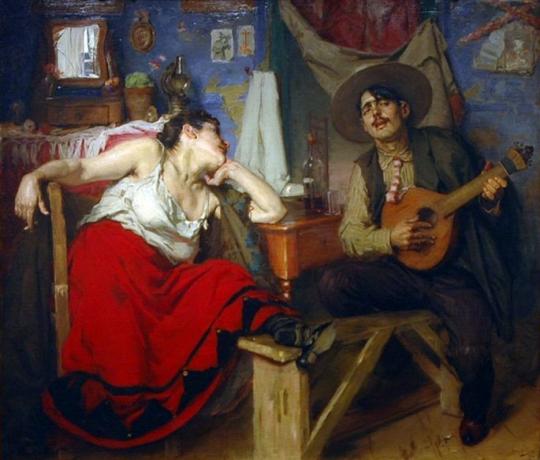Realism is a literary strand that focuses on portraying the life and everyday life of the common person.
Meanwhile, although naturalism also portrays the lives of individuals, it puts a scientific aspect to the literary piece, placing more emphasis on the influences of human life.
Realism dealt with subjects that described the daily lives of ordinary people, being a kind of account of the daily events of the middle and lower classes of society.
Naturalism, on the other hand, focused on darker topics involving the life of the common man. These topics included prostitution, violence, corruption, addiction and other topics.
| Realism | Naturalism | |
|---|---|---|
| Definition | Realism is a literary movement characterized by the representation of real life. | Naturalism is the consequence of literary realism, influenced by scientific theories. |
| Characteristics |
|
|
| Approach | It portrays the everyday life of ordinary people. | Naturalism portrayed how the environment, heredity and social conditions control the human being. |
| Themes | Realistic novels use themes such as society, social class, etc. | Naturalist novels use themes such as violence, poverty, corruption, prostitution. |
| Social Portrait | He usually writes about middle-class families or ordinary people. | It is usually focused on lower class subjects. |
| first work | Madame Bovary (1857) by Gustave Flaubert. | Therese Raquin (1867) by Émile Zola. |
| Main authors and works in Brazil | Machado de Assis (Posthumous Memoirs of Brás Cubas, Dom Casmurro) and Raul Pompeia (O Ateneu). | Aluísio Azevedo (O Mulato, O Cortiço) and Adolfo Ferreira Caminha (A Normalista). |
Definition and characteristics of realism
Realism as a literary movement emerged in France in 1848 and then spread across Europe and the rest of the world.
It was seen as an attempt to depict the lives of the lower and middle classes, in reaction to romanticism, which told stories of royalty.
Featuring working-class narratives, realism broke with traditional style. There were no romantic heroes or fascinating deities, just stories about ordinary people that the masses could easily identify with.

His works do not employ artistic conventions or improbable, supernatural events. Realistic authors tell stories about everyday experiences of ordinary people directly and objectively.
Among its main features are objectivism, slow narrative, use of direct language and realistic adjectives.
Definition and characteristics of naturalism
Naturalism was the evolution of realism, which became popular during the 1880s. In it, logic was added, greater objectivity and demonstration of facts, focusing on the scientific method and observation.
Naturalists avoided the supernatural, symbolism, and fantasy. Despite also exposing the daily lives of ordinary people, naturalism showed a darker side of society.
Naturalist works addressed topics such as corruption, poverty, violence, prostitution and misery.

The use of these dark themes meant that naturalists were often criticized for being too pessimistic.
Among the main characteristics of naturalism are exaggerated realism, the use of simple language and regionalisms, impersonality, the human being shown as an animal, sensualism and eroticism and objectivism scientific.
Also know the difference between:
- Popular culture and high culture

